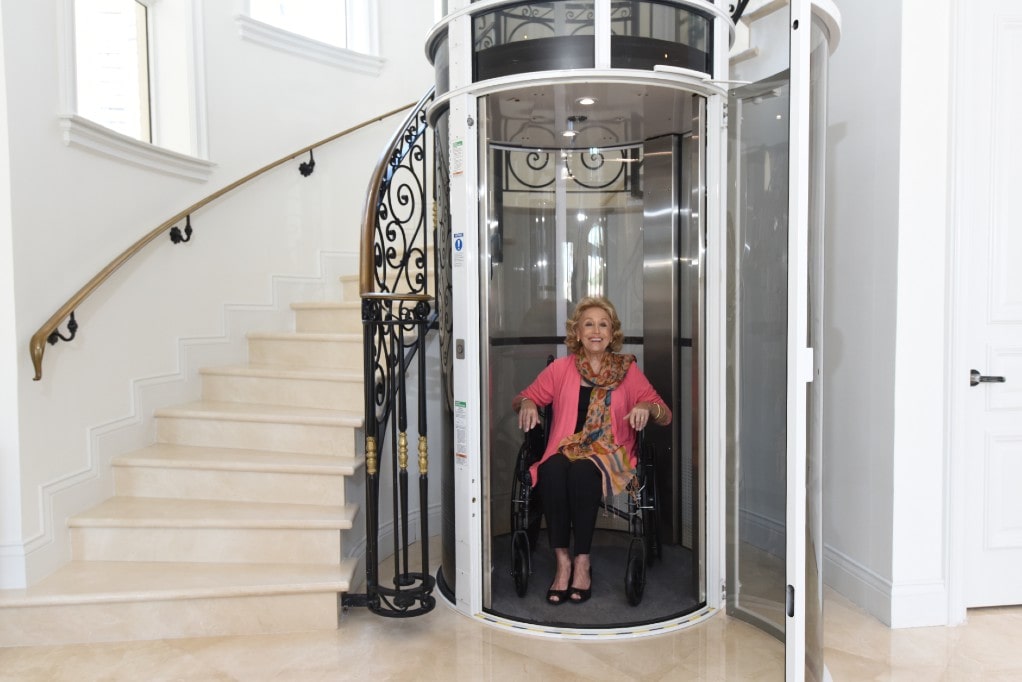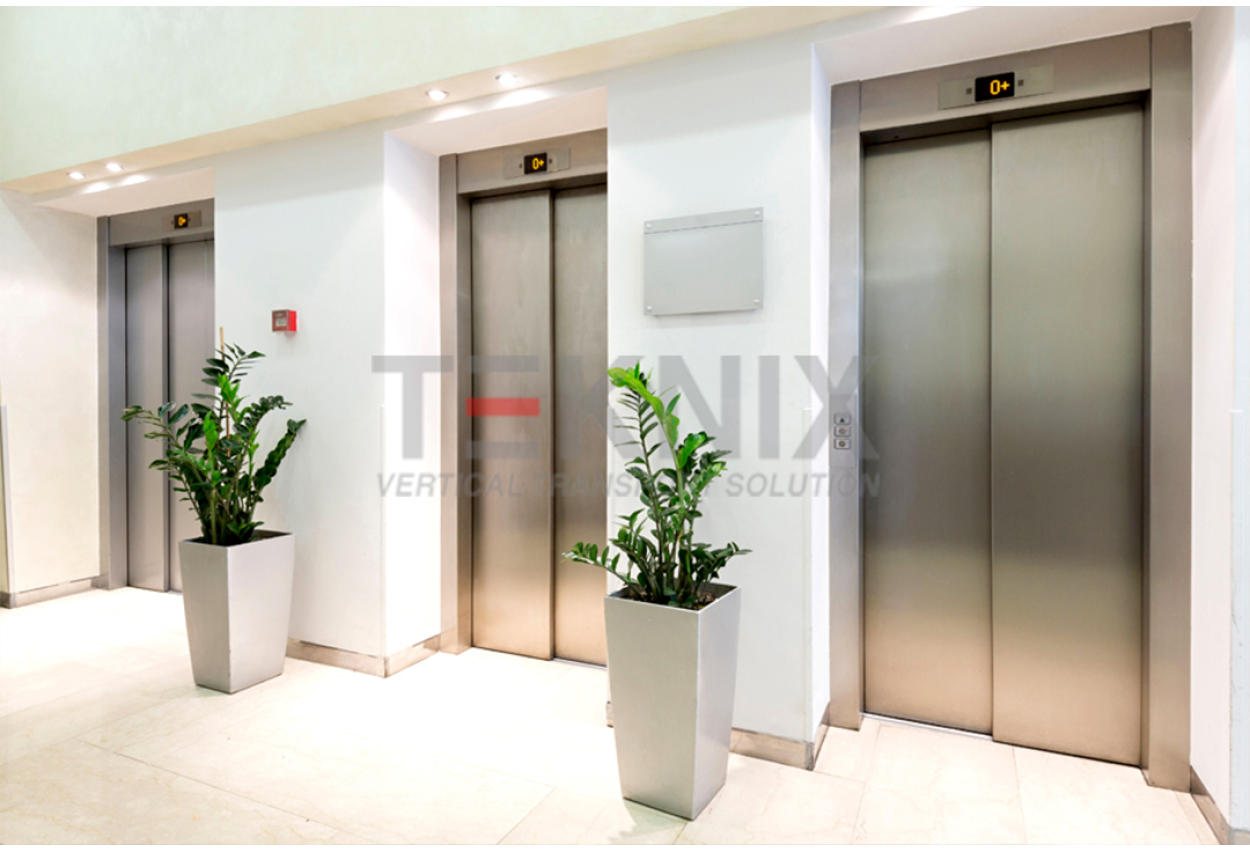Unraveling the Intricacies of Lift Modern Technology: Troubleshooting Common Issues Throughout Lift Models
In the realm of lift modern technology, a myriad of intricacies commonly exist below the surface area of what shows up to be a simple mechanism. From slow-moving operation problems to strange noises originating from the equipment, troubleshooting common issues throughout numerous lift versions demands a keen eye for detail and a methodical strategy - repair and maintenance services. As we embark on this journey to decipher the intricacies that can torment these important gadgets, a deeper understanding of the inner functions and possible challenges of lift modern technology is crucial. Stay tuned as we navigate through the labyrinth of lift malfunctions, seeking services to the enigmatic problems that can interrupt the smooth functioning of these important devices.
Identifying Slow Operation Issues

Following, check the electrical connections to ensure that all components are correctly linked and working. Malfunctioning electrical wiring or loosened connections can cause slow down operation or complete malfunction of the lift system. Additionally, it is important to evaluate the control system to identify if the issue lies in the programming or sensing units.
If the aesthetic examination and electric checks do not expose the root cause of the slow-moving procedure, additional diagnostic tests might be essential. These can consist of pressure tests for hydraulic systems, voltage examinations for electric elements, or running diagnostic software for the control system. repair and maintenance services. By adhering to an organized technique to fixing slow procedure concerns, you can effectively determine and deal with the trouble, making sure the lift operates safely and efficiently
Addressing Weird Noises
To efficiently repair lift innovation for unusual sounds, a complete evaluation of the lift components adhering to the identification of slow-moving operation concerns is imperative. Weird noises in lifts can be a measure of underlying troubles that need prompt focus to guarantee the safety and dependability of the system. Common resources of odd noises in lifts consist of worn-out or misaligned pulleys, harmed electric motor bearings, loose or busted suspension ropes, and malfunctioning control systems. When dealing with weird noises, it is vital to conduct a methodical inspection of these parts to identify the specific source of the noise properly. This might involve looking for any kind of visible indications of damage, evaluating the performance of electric motor bearings, tightening loosened links, and lubricating moving components as required.
Additionally, it is important to describe the lift maker's maintenance guidelines and seek aid from qualified professionals when taking care of complicated lift elements or unknown troubleshooting treatments. By without delay resolving and addressing strange sounds underlying concerns, lift drivers can make sure the ideal performance and safety of the lift system for passengers and drivers.
Dealing With Faulty Control Issues
An efficient technique for resolving malfunctioning control issues in lift modern technology includes conducting a thorough evaluation of the control system's components and capability. When experiencing concerns with lift controls, it is vital to first look for any loosened connections, harmed wiring, or malfunctioning sensing units. Verifying that all control displays, switches, and keypads are working appropriately is likewise crucial in identifying the trouble accurately.
If no visible concerns are obvious, professionals ought london lift company to continue to evaluate the control panel for any type of signs of water overheating, damage, or corrosion, as these can typically bring about control malfunctions. Furthermore, resetting the control system or upgrading the software program might help fix particular problems or pests causing the problem.

Taking On Hydraulic System Malfunctions
The effectiveness of hydraulic systems in lifts depends greatly on the correct functioning of different parts within the system. When hydraulic systems malfunction in lifts, it can lead to operational interruptions and safety and security concerns.
One more frequent hydraulic system breakdown is a loss of stress, which can arise from air entering the system, fluid contamination, or pump ineffectiveness. Professionals can address this by bleeding the system to eliminate air, changing infected lift repair near me liquid, or servicing the pump as required. Additionally, irregularities in hydraulic fluid levels or unusual noises during lift procedure might indicate underlying system malfunctions that need instant interest to avoid more damages. Normal maintenance and prompt troubleshooting of hydraulic system issues disabled platform lifts prices uk are essential to guaranteeing the effective and risk-free procedure of lift innovation.
Managing Electric Element Failures
Dealing with electric part failings in lift technology necessitates an organized strategy to identifying and fixing issues to keep functional functionality and safety criteria. When coming across electrical troubles in lift systems, it is crucial to initial carry out an extensive inspection of the electric elements, consisting of control board, wiring, sensing units, and circuit boards. Any kind of indications of damage, rust, loose links, or burnt components ought to be meticulously noted and resolved quickly to avoid more issues.
When it comes to electric part failures, it is vital to comply with manufacturer guidelines for repairing and repair work treatments. This may include examining the components making use of multimeters, oscilloscopes, or other diagnostic devices to pinpoint the precise resource of the malfunction. Furthermore, having a comprehensive understanding of the lift's electrical schematics and circuitry diagrams can help in recognizing and rectifying problems effectively.
Normal maintenance and evaluation timetables can aid prevent electrical failings by detecting potential problems beforehand. Proper training for lift specialists on electric systems and components is also important to make sure exact medical diagnosis and reliable resolution of electrical problems, ultimately contributing to the general security and integrity of lift procedures.
Verdict
To conclude, troubleshooting lift technology requires a systematic method to identify and deal with typical issues such as sluggish procedure, odd sounds, malfunctioning controls, hydraulic system breakdowns, and electrical element failures. By understanding the complexities of lift technology and following proper repairing actions, professionals can properly solve concerns and make sure the efficient and secure operation of lifts throughout numerous designs.
To efficiently troubleshoot lift technology for weird sounds, a complete evaluation of the lift components adhering to the recognition of sluggish operation concerns is imperative. Weird sounds in lifts can be indicative of underlying troubles that need prompt focus to make sure the safety and security and reliability of the system.An effective method for dealing with faulty control troubles in lift technology entails carrying out a comprehensive analysis of the control system's components and capability.The efficiency of hydraulic systems in lifts counts heavily on the correct functioning of numerous elements within the system. repair and maintenance services. When encountering electrical issues in lift systems, it is essential to initial conduct a detailed evaluation of the electric components, consisting of control panels, wiring, sensing units, and circuit boards